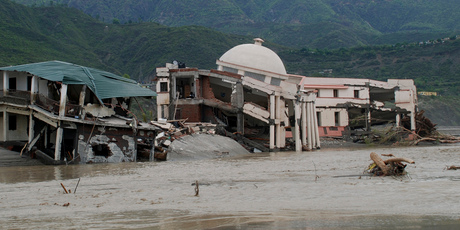
As officials said the death toll from the "Himalayan tsunami" could be as high as 1000, troops and emergency workers were still trying to reach 50,000 people who remain stranded in the state of Uttarakhand.
It emerged that soldiers had spotted around 1000 pilgrims close to the famous Kedarnath shrine; they have been taking shelter in ravines since the monsoon rains last week. India's home minister Sushilkumar Shinde visited Uttarakhand yesterday.
With warnings from meteorologists that more rains were on their way, he set a three-day deadline to complete the rescue efforts. The authorities appear to be struggling to deliver hard data: reports say that the 10,000 soldiers have so far rescued anywhere between 35,000 and 70,000 people. But there have been reports in the Indian media that thousands of people remain unaccounted for.
Officials said the death toll had reached at least 600 as Uttarakhand's Chief Minister, Vijay Bahuguna, said 560 bodies were buried deep in mud caused by the landslides. At the same time, it was reported that another 40 corpses were found floating in the Ganges, close to the holy town of Haridwar.
But officials fear the final death toll could leap as rescuers reach more and more pilgrim sites that have been inaccessible for a week. "The death toll could be more than 750 - maybe around 1000," Bahuguna said.
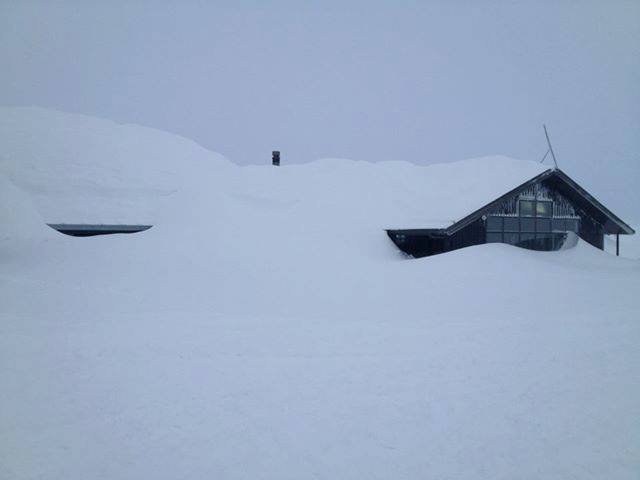
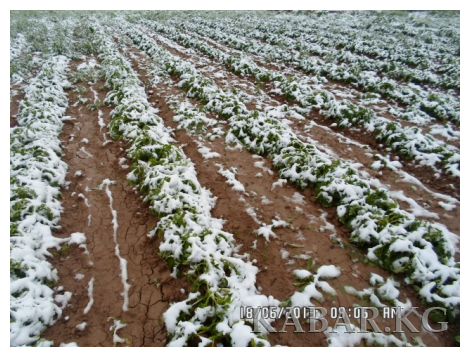
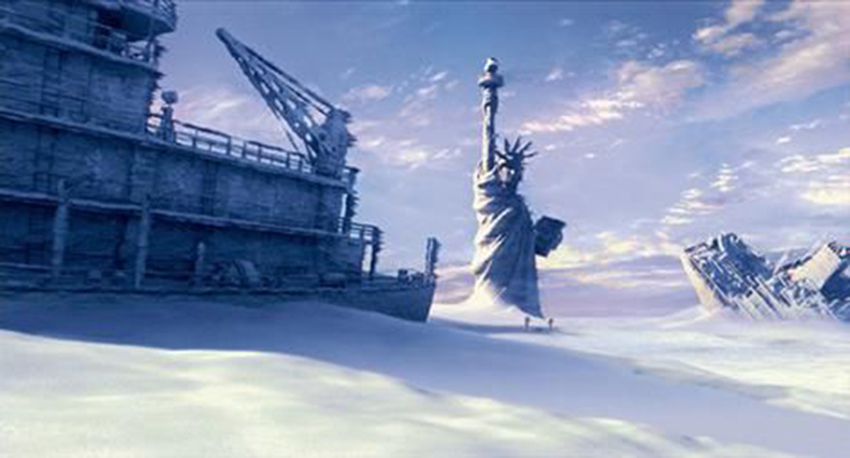
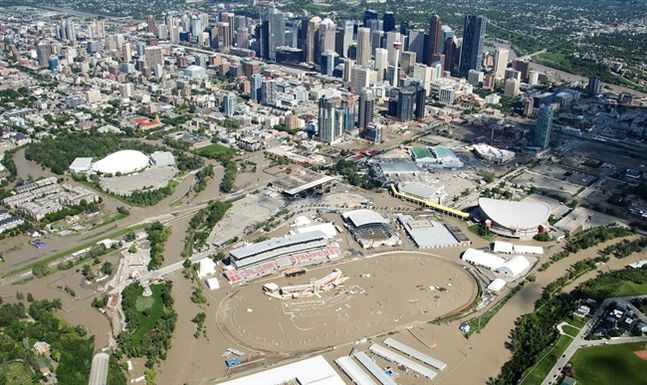
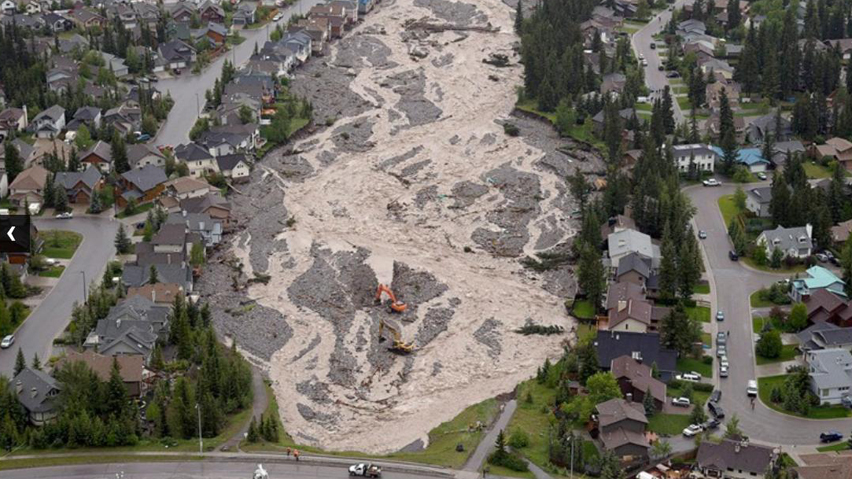
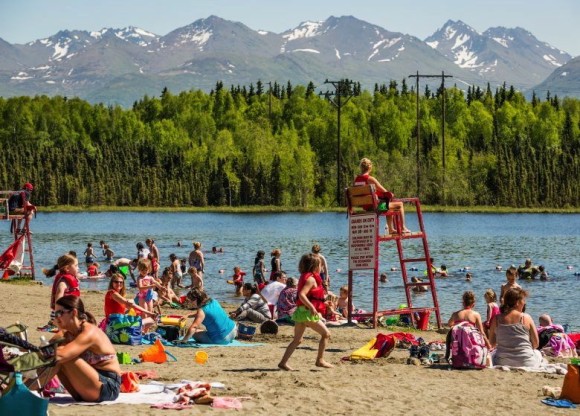



Comment: Meanwhile, in Southern France...
Floods close Lourdes pilgrimage site in Pyrenees
French meteorologists: Summer 2013 could be Europe's coldest since 1816
Tune in to SOTT Talk Radio tomorrow when we'll be talking weather weirdness!